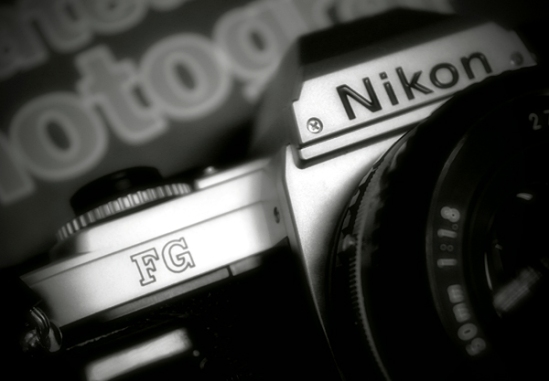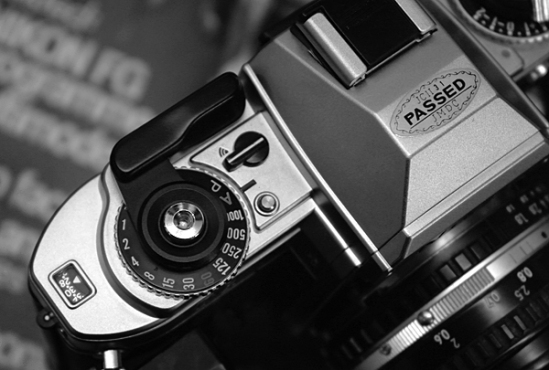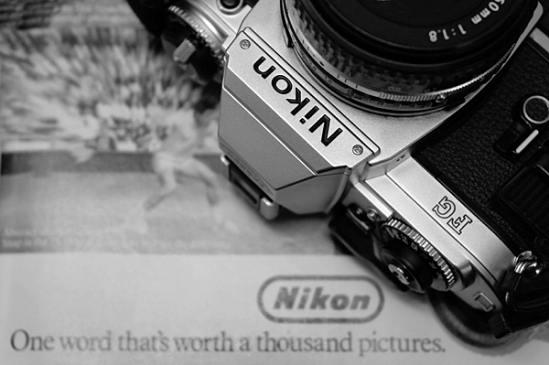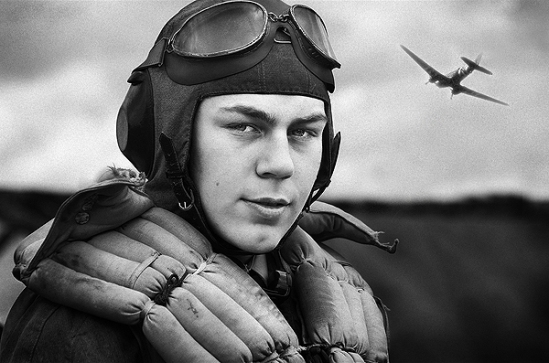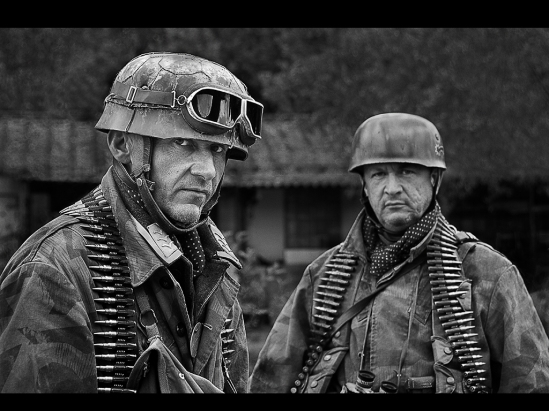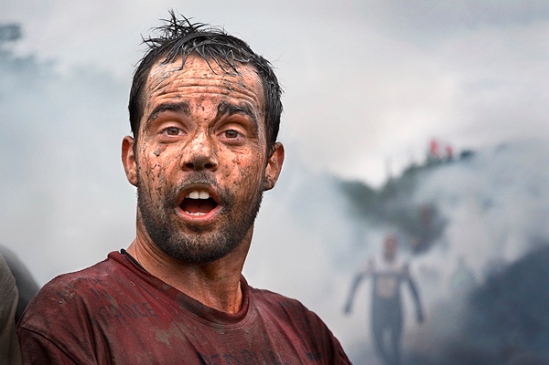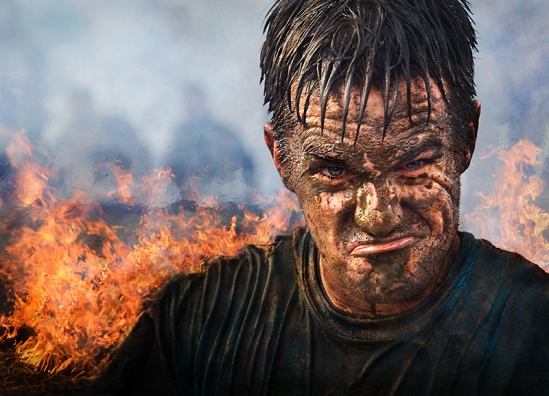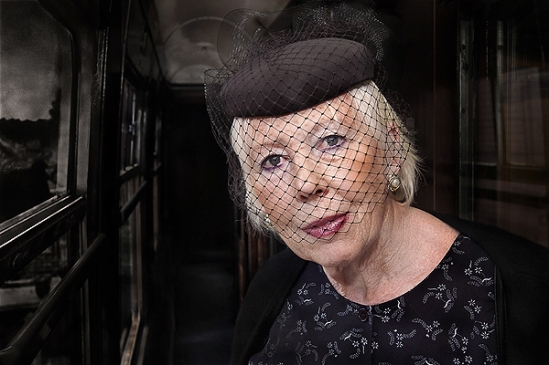My relationship with photography started back in 1987, when I purchased a second hand Nikon EM camera and 50mm Series E lens from my local camera shop in Dudley, West Midlands.
Although the EM was a very basic, fully automatic film camera, it laid down the foundations to a system that I still used today, some twenty five years on.
A lot of photographers of my generation (50+) ditched their film cameras at the turn of the Milleium in favour of digital ones and embarked on a new journey through Lightrooms, Photoshops, Internet Forums and WebBlogs. If I’m honest I would have to say I gained a lot from going digital, it’s made me the photographer I am today. In fact, digital photography gave me the confidence to start exhibiting my work again, both in National and International exhibitions, but I never really lost interest in film.

Nikon EM with 50mm Series E Lens
I’ve brought and sold many classic Nikon cameras over the years, but it wasn’t until recently that I decided to start collecting and using them again. Over the next few weeks I will be documenting on some of the Classic Nikons I’ve collect from local camera fairs, ebay and from fellow collectors.
Although the EM wasn’t the first camera that got me started in collecting Nikon Classics, it did take me a while to find one I was happy, at the right price! Beleive it or not the fully auto EM, pound for pound is probably the most expensive of all the old nikon cameras. Back in 1979 Nikon were selling the EM and 50mm E Series lens for just over £100. Today, an EM, in good working order, body only, would cost you £20-30, whilst a 50mm E would set you back £30-50. Not much difference concidering the 33 year age gap!
To give you some comparison to what I mean, I recently purchased a Nikon F4, in excellent condition, boxed, for just over £200. The flagship F4, new in 1988, cost almost £2000!

Nikon EM, with MD-E motor drive attached
The Nikon EM was billed as a beginners camera, targeted mainly for the growing number of woman taking up photography. The EM was fully automatic, the photographer set the aperture and the camera matched it with a shutter speed to give the correct exposure. The EM had a bulb (B) setting and a mechanical 1/90 sec shutter speed to allow exposure should your batteries fail. There were also significant changes over previous cameras in the internal mechanics and electronics of the EM, designed to lower costs. Gone were the tight tolerances, ball bearing film advance, and high-quality titanium shutter. The EM was, after all, Nikons smallest and cheapest camera they had ever made. However, despite its cheaper construction quality, the EM has proved to be as reliable over the years as its more expensive Nikon counterparts, the FM and FE.
Accessories for the EM included a highly automated dedicated electronic flash unit, the Nikon SB-E and a very small power winder, the Nikon MD-E, which advanced the film at 2 frames per second.
Next in the Series: Nikon FG
0.000000
0.000000
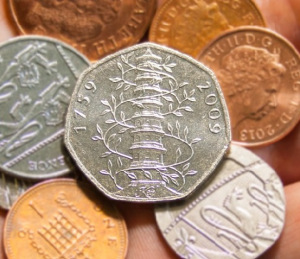 The Kew Gardens 50p is the rarest coin in circulation
The Kew Gardens 50p is the rarest coin in circulation 